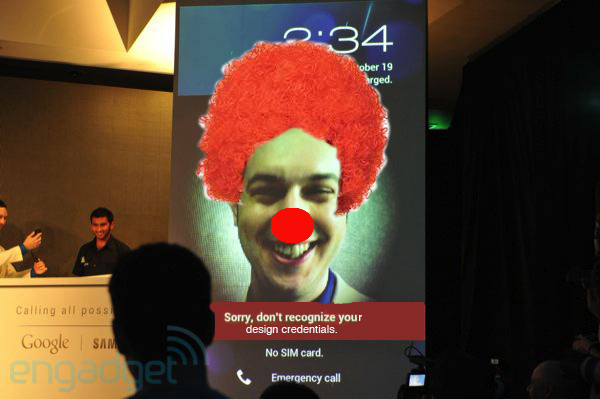Google’s Matias Duarte Believes SD Cards Are Too Confusing For Users? I Couldn’t Disagree More
It’s no secret that Nexus devices lack SD card support. In fact, the only Nexus device to ever have it was the Nexus One. We’ve heard all sorts of reasons for Google’s decision, however, none have been as absurd as the one Google’s Director of Android User Experience, Matias Duarte, gave while falling victim to an impromptu “Ask me anything” on Google+.
According to Matias, SD cards are just too confusing for users:
Everybody likes the idea of having an SD card, but in reality it’s just confusing for users.
Seriously? Users apparently have the know-how to use a mini-computing device as complex as today’s smartphones are, yet they’re easily confused over a tech concept they’ve been using for years. Matias acts as if SD cards, Flash Memory, multiple hard drives, external storage, partitions, etc. are all new concepts for us.
Sure, there may be a few grandmas and grandpas out there that might be confused by the thought of SD, microSD, whatever… but I’m guessing those users make up less than 1% of Nexus device purchases.
Don’t get me wrong here, I don’t mind the fact that Google doesn’t support microSD (I only take issue with them not providing large enough storage options), but don’t insult our intelligence with a BS excuse such as “it’s too confusing for users.” Nexus devices in general have been considered “developer devices,” and yet somehow we’re expected to believe developers don’t understand the concept of storage devices? Give me a break.
If you’re saving photos, videos or music, where does it go? Is it on your phone? Or on your card? Should there be a setting? Prompt everytime? What happens to the experience when you swap out the card? It’s just too complicated.
I find that statement quite funny. It paints a picture of a user boggled with confusion over where his/her content is being stored. Just for shits and giggles, I’ll play along. Okay, so you eliminate the confusion of SD cards and put everything in one nice convenient location on the device. To humor me — the easily confused user — where exactly on my device are my photos located? You know, by the off chance I want to transfer them from my device onto my computer via USB (that is, if I know what USB is).
Oh yea, they’re located in a folder titled DCIM — duh!
Sure, DCIM stands for Digital Camera Images, but I’m guessing any user confused by an SD card isn’t going to have the slightest clue what DCIM stands for, let alone know to look in that folder for their photos.
So, what’s my point? My point is simple. Don’t feed us a line of BS as to why Nexus devices don’t have microSD support. We’re not idiots, we’re not technologically impaired, and we’re certainly not easily confused by an SD card. If we were, we’d probably be iPhone users, not Nexus users.
I’d rather no comment than such an asinine response. For the most of us, the issue isn’t so much the physical SD card but having enough storage for all our content. Google’s once again catching a lot of flak over the issue because they decided to only offer the Nexus 4 in an 8GB or 16GB model. That’s simply not enough storage for the majority of users, and hence the backlash.
Personally, I own a 32GB Galaxy Nexus and I’m extremely happy with it. Having microSD support never even crosses my mind. Why? Because I have enough storage for my content — which by the way is 20 Gigabytes worth of photos, games, videos, etc.
If the maximum storage option I had was 16GB, I wouldn’t own my Galaxy Nexus right now. It’s that simple — and the reason I won’t be purchasing a Nexus 4.
- SourceGoogle+
- ImageMacAdvocate



